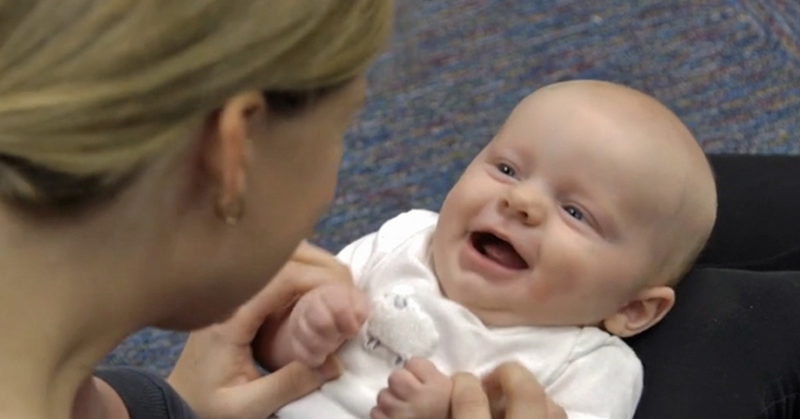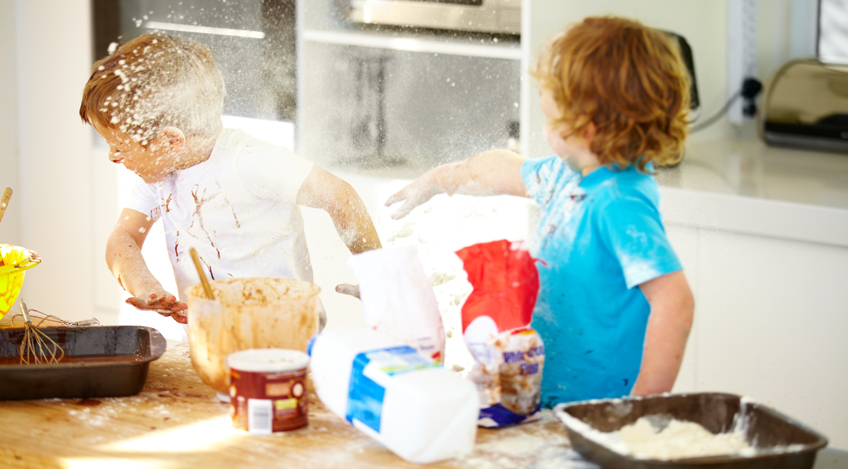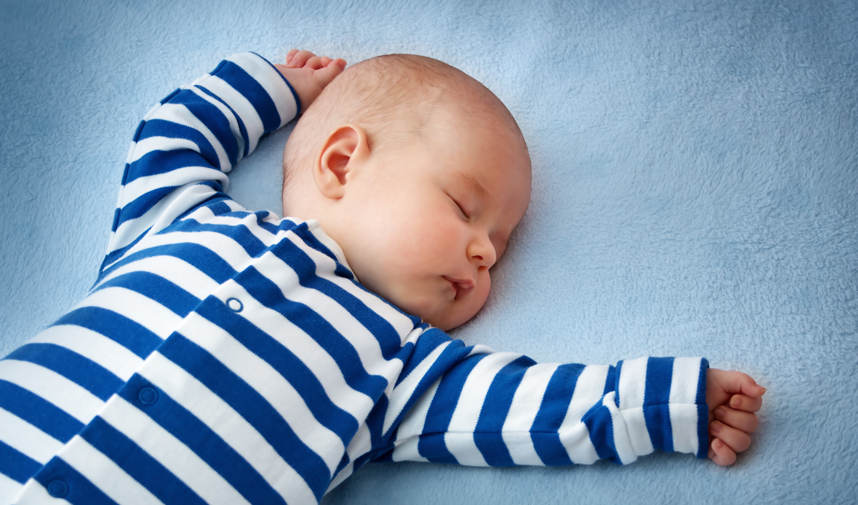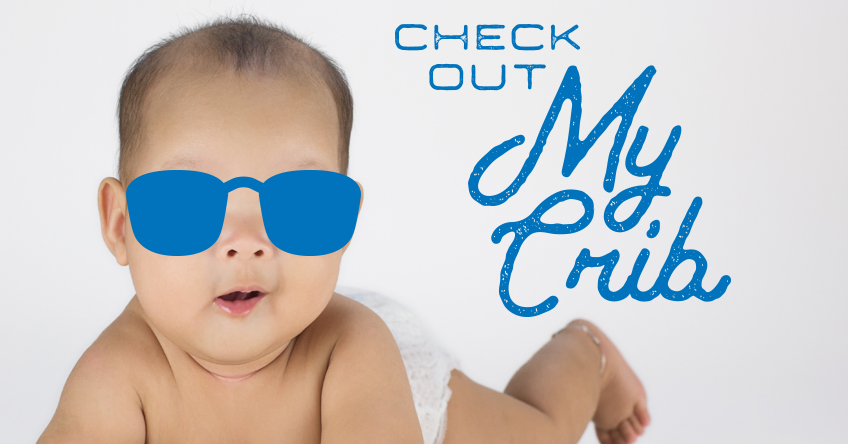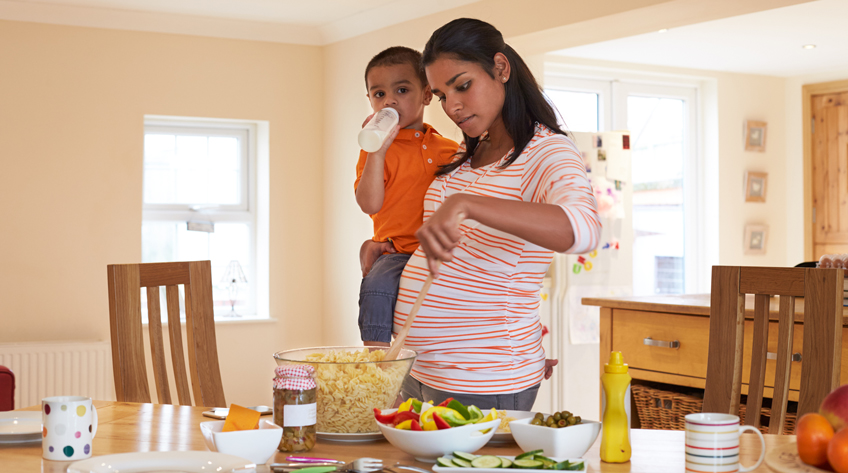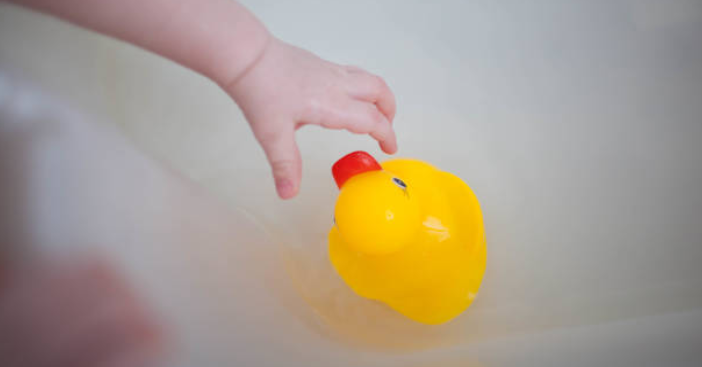
Young children are naturally curious. Exploring their world is an important part of how they learn. Touching things, putting stuff in their mouth, getting into things—that’s their job.
It’s a parent’s job to worry about the potential dangers their little ones might encounter, and it’s a very important job. According to the Arizona Department of Human Services, 18 percent of childhood deaths in Arizona in 2015 were due to safety hazards in and around the home.
The positive news, according to Dr. Kathryn Bowen, a member of the Arizona Chapter of the American Academy of Pediatrics, is that most injuries and accidental deaths are preventable with childproofing and adult supervision.
“Young children, especially when they become fully mobile, can get into danger in the blink of an eye,” Dr. Bowen says. “They will begin to test their limits – and yours – so it’s important to create and maintain a safe space and ensure that young children have supervision.”
Here are some tips to help you create and maintain a safe environment for your young child to learn and grow:
Put on your parent goggles. Get down to your child’s level and look around for potential safety hazards in your home. What can they see and reach? What might look like fun but could be dangerous?
Stay ahead. Childproofing your home is an ongoing process. Revaluate when you see your child developing new skills, like crawling, walking and running. These are happy milestones, but each brings new safety concerns for you to deal with. “Never underestimate your child’s ability to find danger,” says Dr. Bowen. “Just because they’ve never tried to open the pool gate before doesn’t mean they won’t suddenly try tomorrow.”
Get everyone on board. It’s not enough for one parent or caregiver to be the safety guard. Make child safety a family conversation and set clear rules about what is and is not ok. And don’t be shy about explaining your house rules to caregivers, visitors and house guests.
Be prepared. Active play is important for young children, and bumps and bruises will happen. Keep a first-aid kit handy, as well as a list of emergency phone numbers including your pediatrician and poison control.
Pay attention. Remember that no amount of childproofing can take the place of the watchful eye of a loving caregiver or parent. Most injuries can be prevented if you watch your baby carefully. “When parents become too relaxed about safety, it can lead to tragedy,” says Dr. Bowen.
Give them safe, fun places to play. Your child needs time for free play and exploration in order to learn and grow. So just as important as keeping your home free of danger is providing a stimulating environment. Keep baby books and toys on lower shelves so they can easily reach them. Have a special drawer in the kitchen with child-safe items like plastic bowls, lids and spoons. And play together with them. Your attention, interaction and love are what they need most.
More Information and Resources


